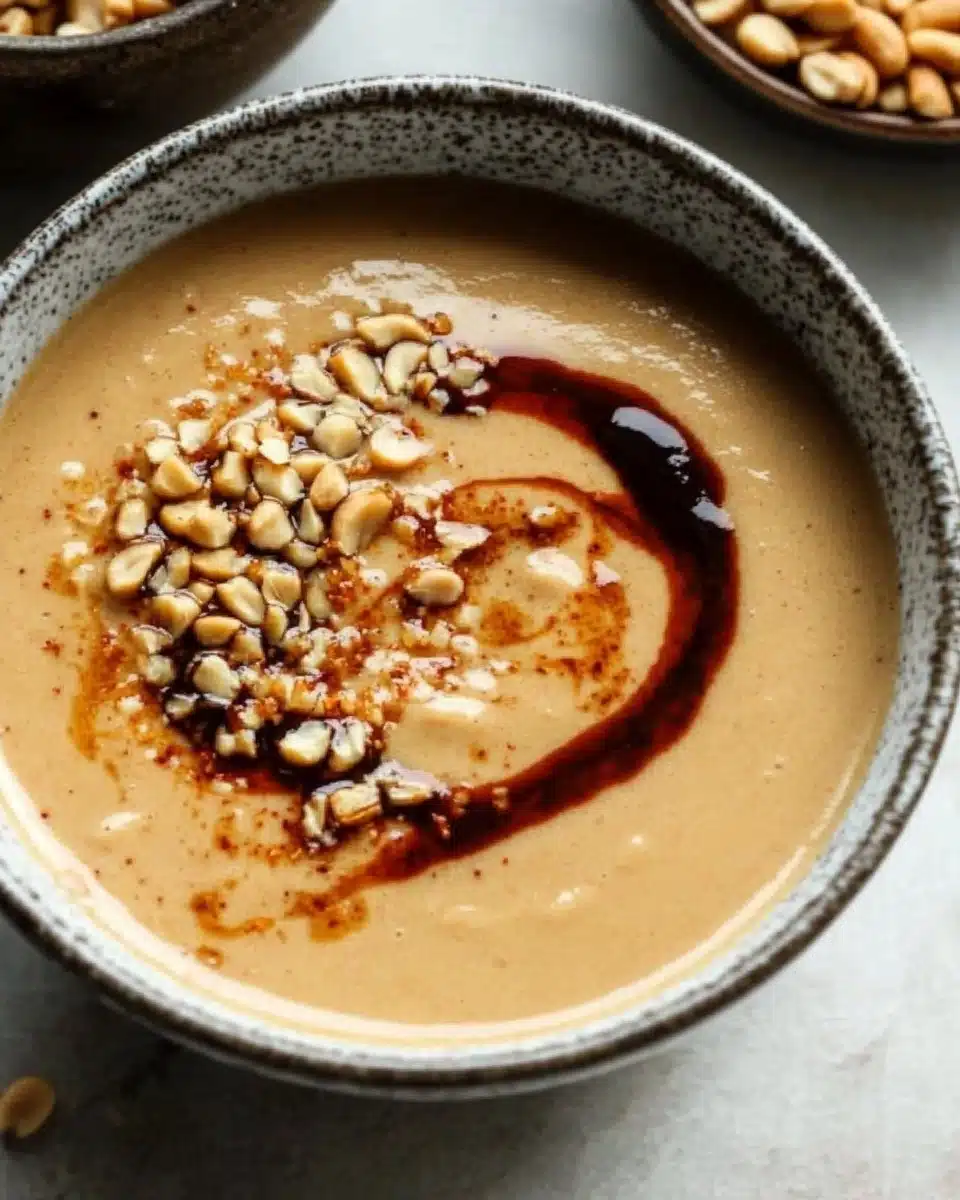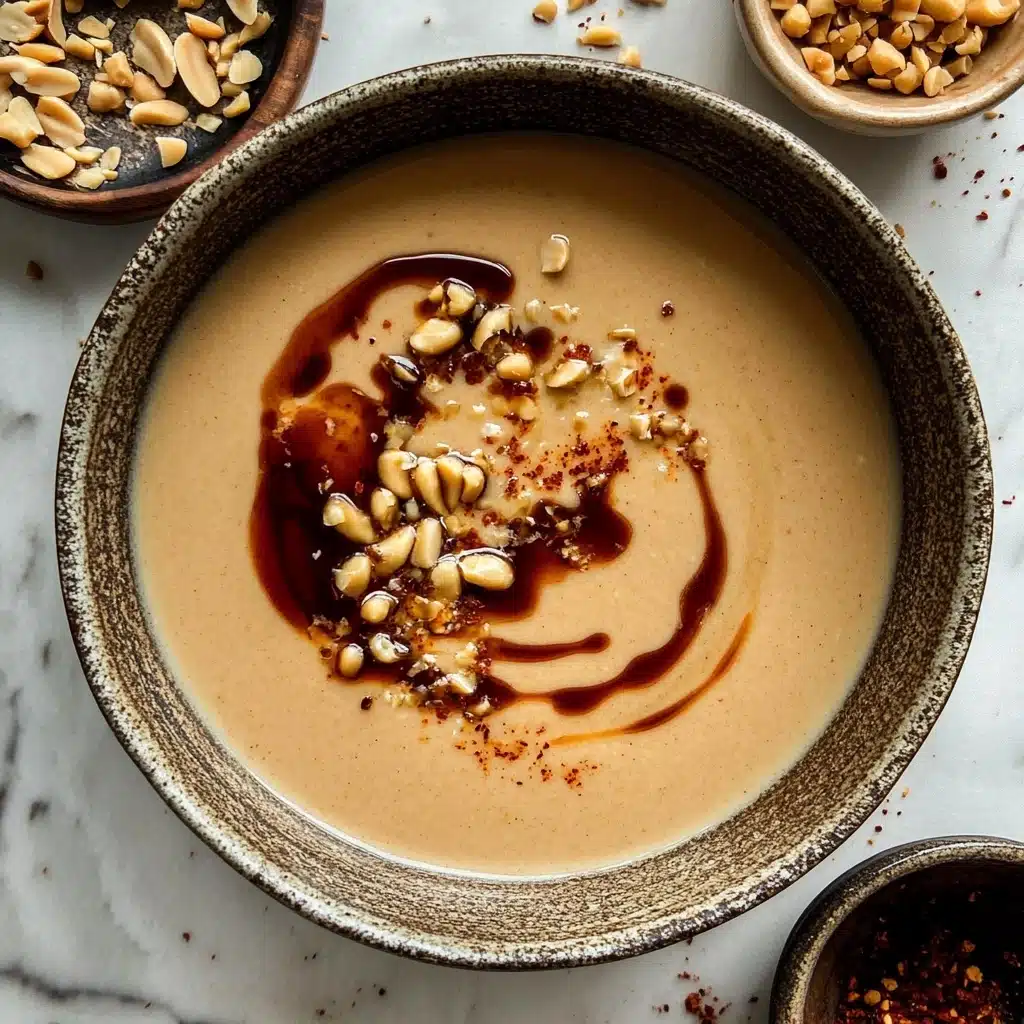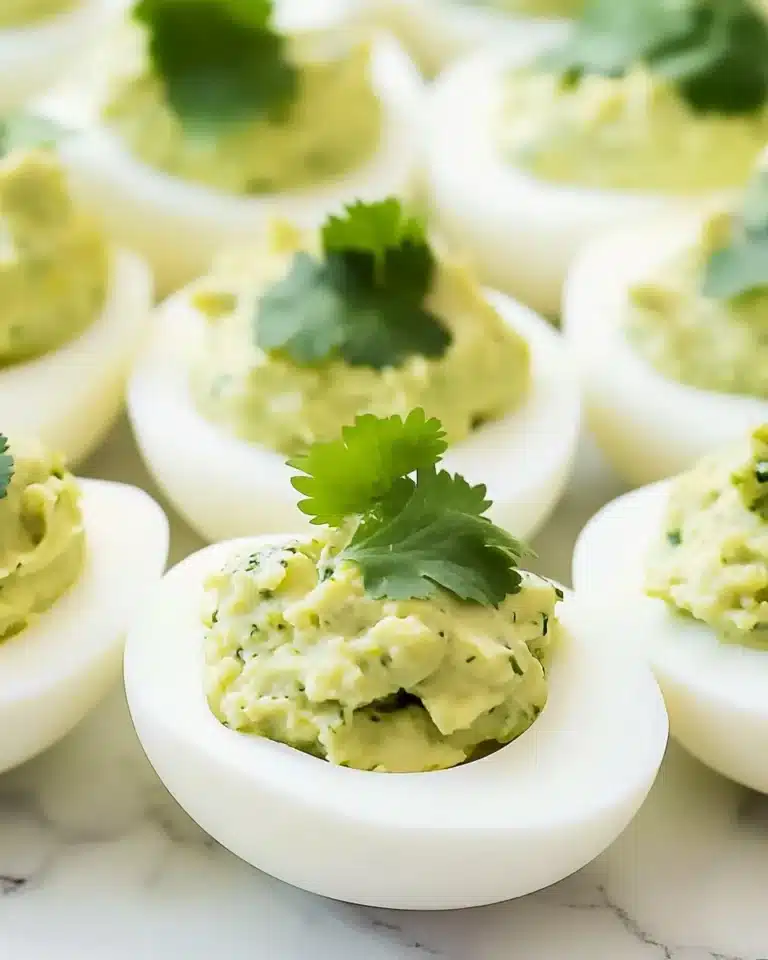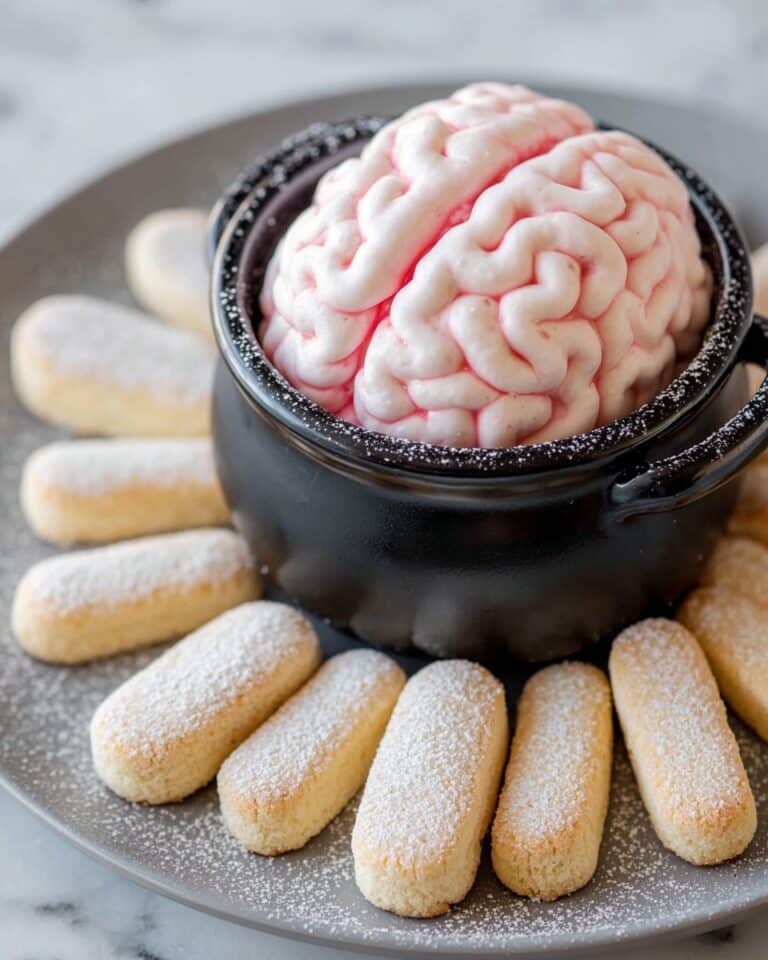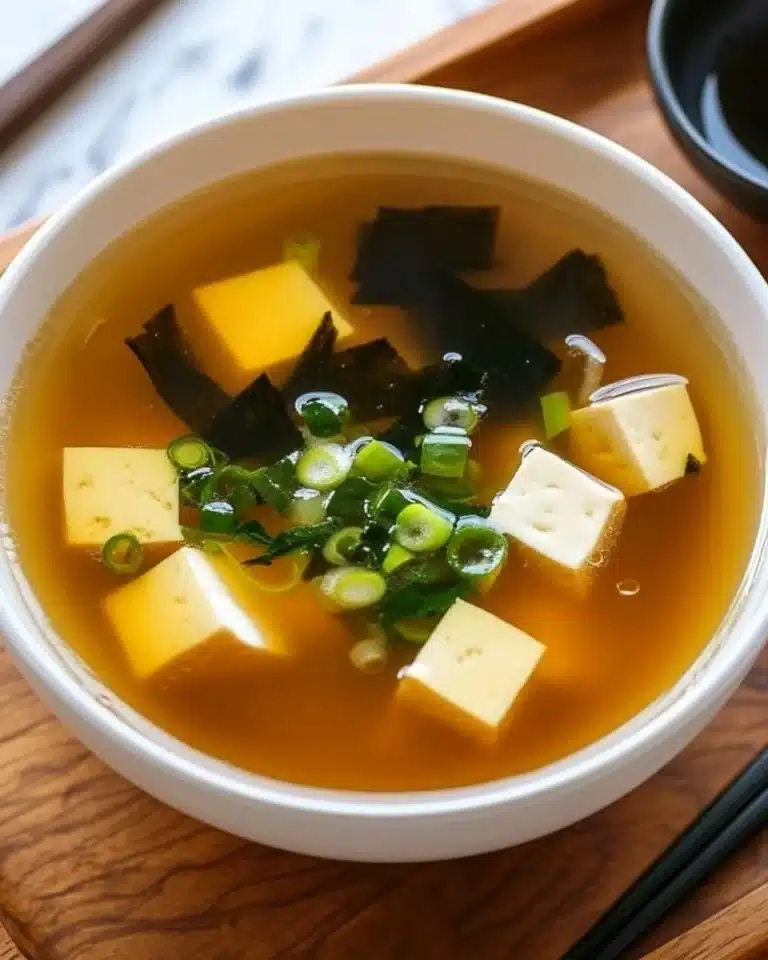If you’re looking for a sauce that’s creamy, punchy, and totally crave-worthy, this Easy Thai Satay Peanut Sauce is your new go-to. With just a handful of pantry staples, you can whip up a batch in minutes, bringing that irresistible restaurant-style flavor right into your own kitchen.
Why You’ll Love This Recipe
- Bold Thai Flavor Fast: All the classic satay peanut sauce taste, but whipped up in five speedy minutes (seriously—goodbye takeout!).
- Customizable Heat & Sweetness: Love it spicy, tangy, or sweet? This recipe easily bends to your taste buds, so it’s never boring.
- Incredibly Versatile: Use it as a dipping sauce, salad dressing, noodle toss, or drizzled over grilled chicken, tofu, or veggies—the possibilities are endless.
- Pantry-Friendly Ingredients: Everything you need is likely already in your kitchen, so you can make this Easy Thai Satay Peanut Sauce any time a craving hits.
Ingredients You’ll Need
One of the best parts about Easy Thai Satay Peanut Sauce is how every ingredient truly pulls its weight—layering flavor, creamy texture, and that signature Thai punch. You only need some basic staples, but together they create absolute magic.
- Coconut cream (or coconut milk): This adds luxurious creaminess and a delicate hint of coconut. If you have both, coconut cream amps up richness, but coconut milk works beautifully too.
- Natural peanut butter (unsweetened): The base of the sauce, giving it that savory, nutty depth. Make sure it’s unsweetened to stay in control of the sauce flavor.
- Rice vinegar: Brings a gentle tang and brightens up the whole sauce. You can substitute lime juice in a pinch for a citrus twist.
- Thai red curry paste: Just a little of this transforms the sauce with aromatic, savory spice and that iconic Thai chili warmth.
- Honey (or maple syrup): Adds a touch of sweetness for harmony—feel free to use your favorite liquid sweetener.
- Fish sauce (or soy sauce): Delivers essential salty, umami depth. Use soy sauce for a vegetarian or vegan version.
- Water: A splash or two helps thin out the sauce to just the right consistency for dipping or drizzling.
- Optional – Sesame oil: A drizzle delivers nutty aroma and richness that’s hard to resist.
- Optional – Chili oil: Swirl in for a spicy, addictive kick (I adore Lao Gan Ma Chilli Crisp for this—so much flavor in one jar!).
- Optional – Sriracha chili sauce: Turn up the heat as much as you like with a dash (or more) of Sriracha.
- Optional – Crushed peanuts: For texture and extra roasted peanut flavor, sprinkle a handful toasted on top.
Variations
Don’t hesitate to tweak your Easy Thai Satay Peanut Sauce to suit what you love or what you have on hand—it’s totally fuss-free. Here are a few ideas to make it your own, whether you’re feeding a crowd with food allergies or dreaming up new flavor twists!
- Vegan Version: Swap the fish sauce for soy sauce or tamari to keep things totally plant-based. (Still deliciously umami-rich!)
- Crunchy Peanut Sauce: Stir in more toasted crushed peanuts at the end for a bold, chunky texture that’s great for dipping.
- Lime Kick: Switch out rice vinegar for fresh lime juice for a zesty citrus burst.
- Extra Spicy: Add a little Sriracha, chili oil, or more curry paste to turn up the heat—make it your dream level of spicy!
- Low-Sugar Option: Use a sugar-free syrup or leave out sweetener for a more savory take (the coconut and curry still have plenty of flavor).
How to Make Easy Thai Satay Peanut Sauce
Step 1: Combine the Peanut Butter and Curry Paste
Start by scooping your natural peanut butter and Thai red curry paste into a mixing bowl. Stir these together until fully combined—the curry paste needs to be completely blended with the peanut butter for even flavor. You’ll already notice the aromas coming alive!
Step 2: Add Sweet, Salty, and Tangy Elements
Next, add the honey (or maple syrup), fish sauce (or soy sauce), and rice vinegar. Mix well to integrate the flavors. Each one provides a layer—sweetness, saltiness, and a hit of acidity that makes the sauce sing.
Step 3: Pour in Coconut Cream (or Milk)
Add your coconut cream or coconut milk to the bowl and stir until the mixture is smooth and velvety. Using coconut cream will give your Easy Thai Satay Peanut Sauce a richer flavor, but coconut milk works too—just try to use the thickest, highest-fat coconut milk you can find for best results.
Step 4: Adjust Consistency with Water
Pour in water, one tablespoon at a time, stirring as you go. This helps you control the thickness perfectly—thin for drizzling, thick for dipping. Stop when it’s just right for your needs!
Step 5: Taste and Fine-Tune
Give the sauce a taste. Want more tang? Add a splash of vinegar. Craving extra sweetness or depth? Up the honey or fish sauce. This is your moment to adjust the balance to your personal taste buds.
Step 6: Optional Add-Ins and Garnish
If you love a little extra something, this is when you swirl in chili oil, sesame oil, or Sriracha for heat. Scatter over some toasted crushed peanuts for crunch, and your Easy Thai Satay Peanut Sauce is ready for anything!
Pro Tips for Making Easy Thai Satay Peanut Sauce
- Choose High-Fat Coconut Cream: The richer your coconut cream (or full-fat coconut milk), the silkier and more decadent your sauce will be. Give the can a shake—if it feels thick, it’s perfect!
- Toast and Crush Your Peanuts: For an authentic nutty flavor and awesome crunch, quickly toast peanuts in a dry skillet until golden before sprinkling them over the sauce.
- Control the Spice Gradually: Add chili oil or Sriracha at the end and taste as you go—it’s much easier to heat things up than to tone them down!
- Adjust Thickness Just Before Serving: If your sauce thickens in the fridge, simply whisk in a few teaspoons of water until you reach that perfect creamy-pourable consistency.
How to Serve Easy Thai Satay Peanut Sauce
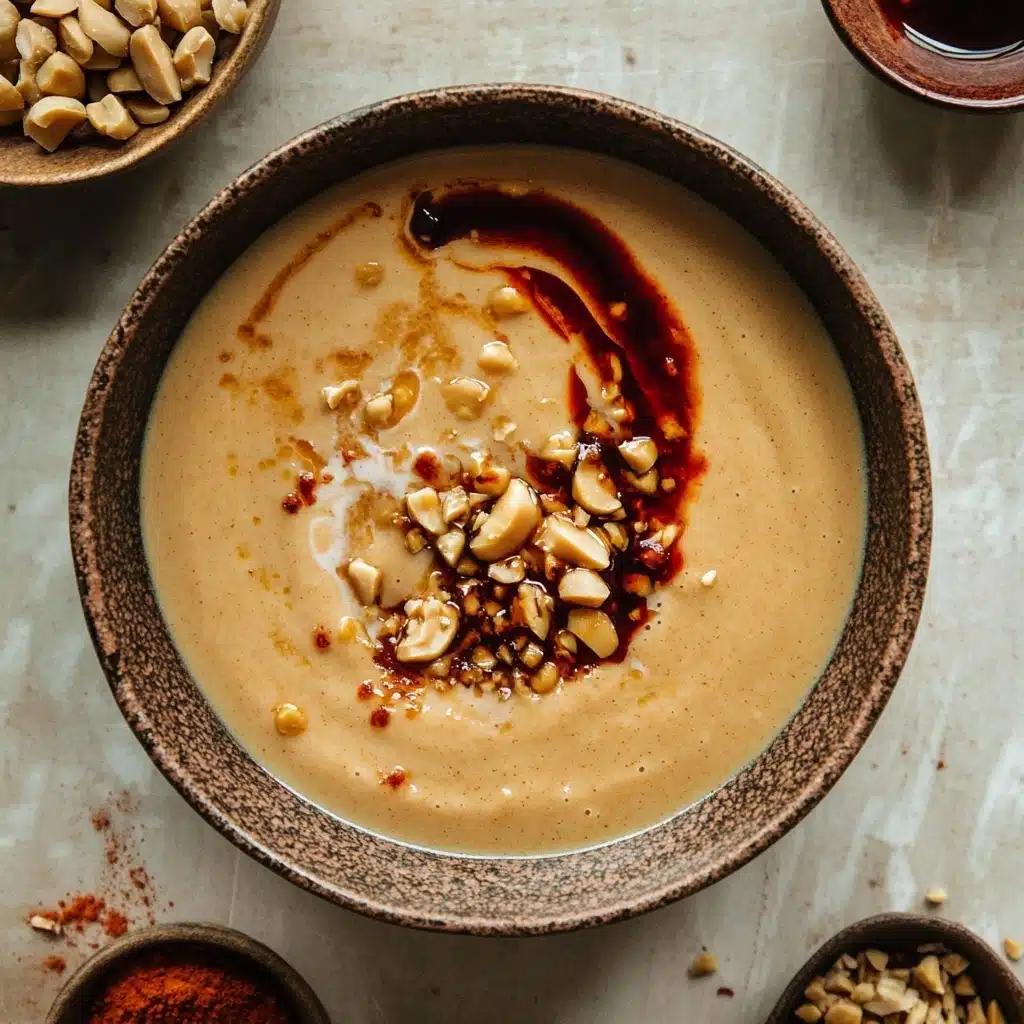
Garnishes
Bring a flash of color and crunch by scattering toasted crushed peanuts and a few ribbons of fresh cilantro or scallions right before serving. A swirl of chili oil adds eye-catching red streaks (and a pleasant, gentle heat), while a quick wedge of lime on the side is always welcome for squeezing over the top.
Side Dishes
This Easy Thai Satay Peanut Sauce was made for dipping juicy skewered chicken, grilled tofu, or crunchy fresh spring rolls. It also works wonders as a drizzle over rice bowls, tossed with soba noodles, or used as a lively salad dressing with crisp veggies.
Creative Ways to Present
Spoon your peanut sauce into a shallow bowl with a swirl of chili oil on top, scatter chopped peanuts for crunch, and surround it with veggie sticks or skewers for a lively party platter. Or, try serving it in little dipping ramekins nestled alongside a rice paper roll tray for a build-your-own snack spread—so inviting!
Make Ahead and Storage
Storing Leftovers
Store any leftover Easy Thai Satay Peanut Sauce in an airtight container in the fridge. It will keep perfectly for up to one week, making it ideal for meal prep and spontaneous flavor boosts through the week.
Freezing
You can absolutely freeze this sauce! Just place it in a freezer-safe bag or container, leaving some space for expansion, and freeze for up to three months. Thaw overnight in the fridge before using, and give it a good whisk to bring back its creamy texture.
Reheating
If your sauce thickens after chilling, simply let it come to room temperature, then whisk in a little warm water until it’s as smooth as you like. For a warm sauce, gently heat it in a saucepan over low heat, stirring frequently and thinning with a splash more water as needed.
FAQs
-
Can I use chunky peanut butter instead of smooth?
Absolutely! Chunky peanut butter creates a rustic, textured sauce that’s fun to eat and works great for a thicker dip. Just give everything an extra-thorough stir so there are no streaks of curry paste hiding in the mix.
-
How can I make this Easy Thai Satay Peanut Sauce allergy-friendly?
For nut allergies, try using sunflower seed butter as a substitute for peanut butter. For soy allergies, stick with fish sauce (or coconut aminos). Always double-check your Thai curry paste ingredient list for allergens.
-
Why did my peanut sauce turn out too thick, and how do I fix it?
This sauce naturally thickens as it stands or chills. Just whisk in water, one teaspoon at a time, until you’ve reached your ideal consistency. Don’t worry, it’s very forgiving and can go from thick dip to pourable dressing in seconds!
-
Is this Easy Thai Satay Peanut Sauce suitable as a salad or noodle dressing?
Yes, and it’s absolutely delicious! Thin it out with a bit more water until it pours easily, and try drizzling it over crunchy slaws, rice bowls, or your favorite noodle dishes for a burst of flavor.
Final Thoughts
This Easy Thai Satay Peanut Sauce is truly the kind of thing you’ll want to keep on hand at all times—so creamy, so versatile, and so ridiculously quick to make. Spoil yourself and your friends with this magic-in-a-bowl; I promise, those store-bought bottles just can’t compare. Let me know how you serve yours—I love seeing everyone’s creative twists!
Print
Easy Thai Satay Peanut Sauce Recipe
- Prep Time: 5 minutes
- Total Time: 5 minutes
- Yield: 1 cup
- Category: Sauce
- Method: Mixing
- Cuisine: Thai
- Diet: Vegetarian
Description
Learn how to make a quick and delicious Easy Thai Satay Peanut Sauce at home with this simple recipe. This versatile sauce is perfect for adding flavor to chicken, salads, noodles, and more!
Ingredients
Main Ingredients:
- 2 tablespoons coconut cream (or coconut milk)
- 1/4 cup natural peanut butter (unsweetened)
- 1 teaspoon rice vinegar
- 1 teaspoon Thai red curry paste
- 2 teaspoons honey (or maple syrup)
- 2 teaspoons fish sauce (or soy sauce)
- 2-3 tablespoons water or enough to thin it out to the consistency you like
Optional Ingredients:
- 1 teaspoon sesame oil (optional)
- 1 teaspoon chili oil (optional)
- 2 teaspoons Sriracha chili sauce (to make it spicier)
- crushed peanuts (optional, sprinkled on top)
Instructions
- Mix the peanut butter and the red Thai curry until they are combined. Add in the honey, fish sauce (or soy sauce), and rice vinegar (or lime juice) and mix well.
- Add the coconut cream (or coconut milk) and mix well until everything is smooth.
- Add 2-3 tablespoons of water and mix well. If it’s too thick, add more water, 1 teaspoon at a time until you get the consistency you like.
- Do a taste test. If you like it more sour, sweet, or salty, adjust it with rice vinegar, honey, or fish sauce.
- Add in any optional garnishes.
- Serve it with chicken, salad, noodles, or appetizers!
Notes
- If you are adding crushed peanuts to the sauce, make sure you toast them in a dry frying pan until they are golden brown before you use them to get more flavor.
- Highly recommend using coconut cream over coconut milk for more coconut flavor.
- For extra flavor, drizzle chili oil on top of the peanut sauce and gently swirl it in.
- Adjust sauce thickness by adding water gradually.
- Can keep in the fridge for up to 1 week.
- To use as dressing, thin it out with water and adjust seasoning.
- If using creamed coconut blocks, melt first and mix with liquid before adding to peanut butter.
Nutrition
- Serving Size: 2 tablespoons
- Calories: 120
- Sugar: 3g
- Sodium: 320mg
- Fat: 10g
- Saturated Fat: 4g
- Unsaturated Fat: 6g
- Trans Fat: 0g
- Carbohydrates: 6g
- Fiber: 1g
- Protein: 4g
- Cholesterol: 0mg

